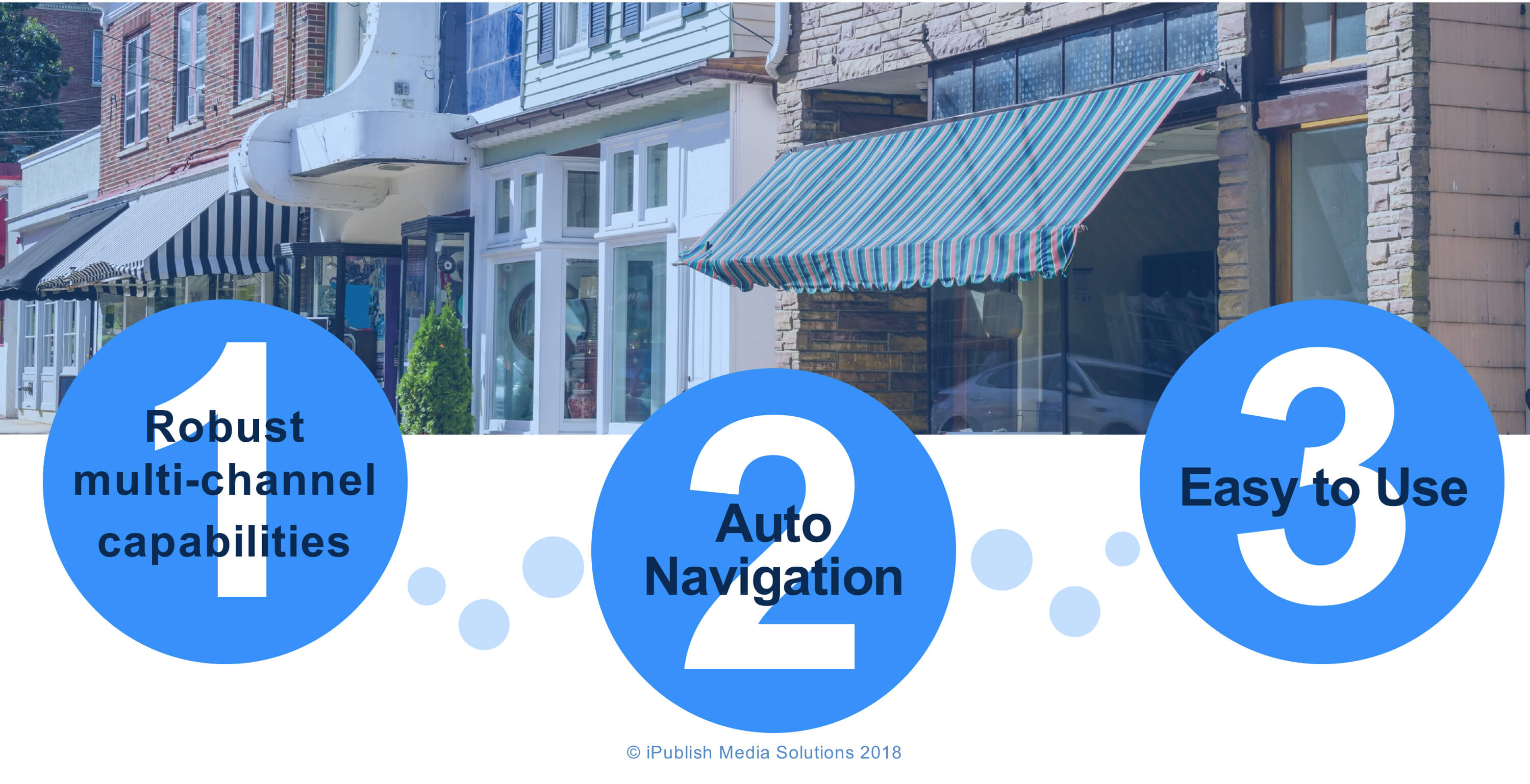Three things you need for a successful self-serve program
There is a huge buzz around self-serve advertising platforms. For example, on its last earnings call in April 2018, Facebook touted the accessibility of its ad platform. Many of its 6 million advertisers are SMBs (small to medium sized businesses)*. Local media companies are working to find profitable ways to sell advertising to thousands of small businesses that were previously too low margin to qualify as prospects. Self-service is the answer.
Over our ten-year history as the self-service advertising leaders in the newspaper industry we’ve processed over $1 billion in print, digital and social ad revenue for over 500 newspapers. The iPublish Media team has learned that there are three ‘must haves’ for a local media self-service ad platform to succeed in the DIY advertising space:
1. Robust multiple channel capability
A successful self-serve initiative must start with a platform that is able to cast the widest possible net of advertising options for SMBs to use. These include traditional media such as print and online news sites, but must also include social, programmatic and other digital, video, mobile, map app and email marketing. Ultimately, no bundle may include all the available choices, but the greater the capability and flexibility of the platform, the better chance of putting together a media mix that works well in any specific vertical or niche.
Put another way, 74% of local businesses surveyed by Borrell & Associates earlier this year report that they prefer to buy a combination/bundle of traditional media (like print) and digital. Offering a diverse set of packages with balanced media mixes is the goal.
2. Auto-navigation
An easy-to-use, intuitive customer interface that quickly connects the right customer to the right advertising package and immediately builds ads for instant proofing is another key component to success. A marketing wizard that qualifies and guides the customer with a few simple questions to the right package streamlines and simplifies the process for the advertiser. A successful DIY adverting platform gathers the advertiser’s photos and phrases from their website and Facebook page and instantly builds complete ad campaigns for multiple channels, giving the advertiser the ability to buy and schedule what they want, when they want it, using the language and images they’ve already approved.
3. Easy to use
“Amazonification” has become such a well-used term because it means more than just providing a self-serve option. It means that the purchasing experience is so much simpler and easier that customers prefer using it to a human interaction.
The same is true of DIY advertising platforms. If the platform has robust options and is easy to use, the bulk of SMB marketers will prefer buying DIY to requiring a live rep and ad designer.
This was initially proven in the obituaries category. Given a choice between live order-taking and self-serve obituary placement on iPublish Obituaries, 80 to 90% of families and funeral homes select a DIY option.
The “Amazonification” experience is now being replicated across other verticals.




